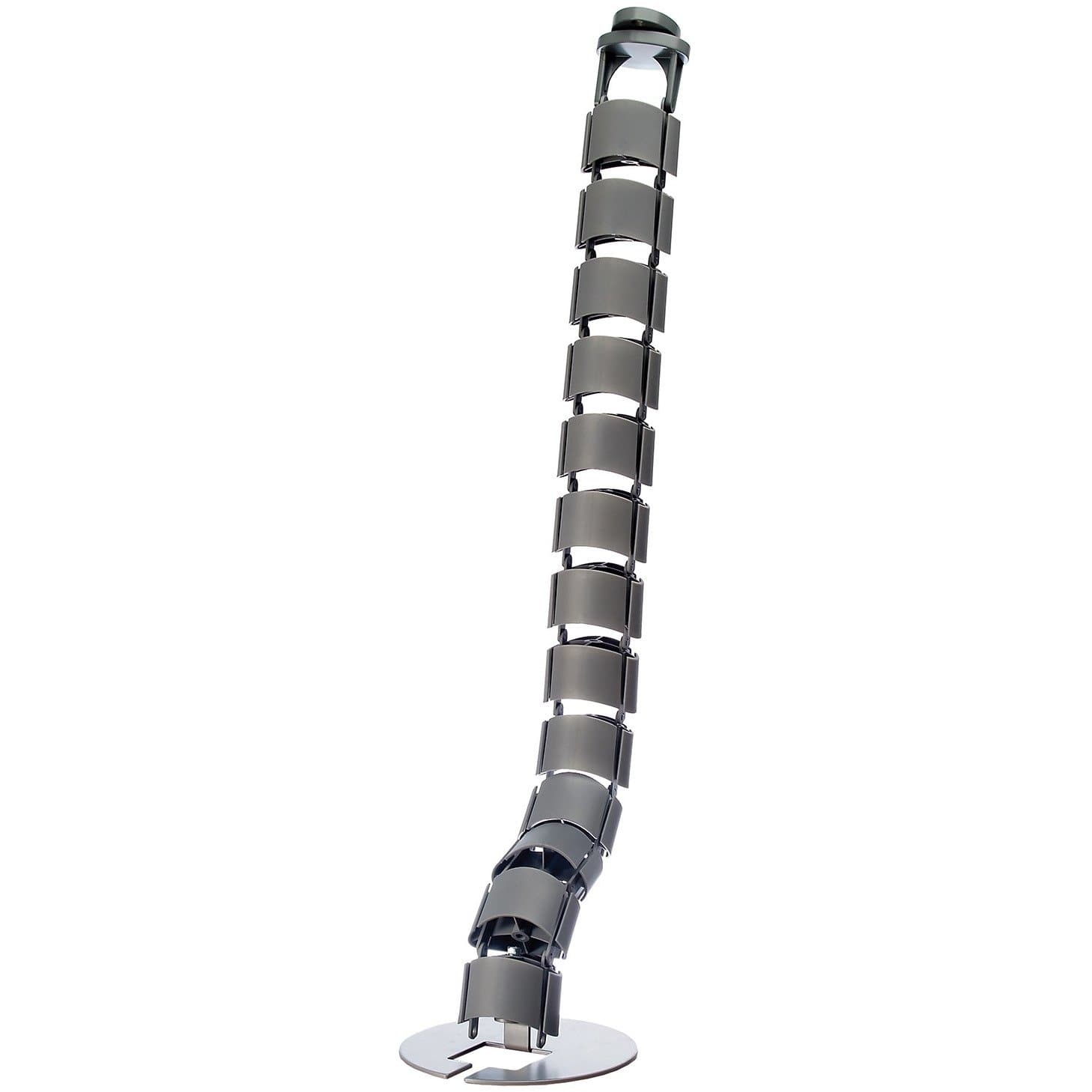
Ergonomic Chairs: More Than Just Comfort

The modern workplace has evolved significantly, with a growing focus on employee comfort and health. One of the keystones of this evolution is the ergonomic chair. Often misconstrued as just another comfortable seat, ergonomic chairs are, in fact, a crucial tool in preventing back pain and other posture-related issues that stem from prolonged sitting.
Understanding the Ergonomic Chair
An ergonomic chair is specifically designed to support the body's natural posture and reduce stress on the spine, neck, and hips. Traditional chairs often force the body into unnatural positions, leading to strain and discomfort. Ergonomic chairs, on the other hand, are adjustable and tailored to fit the individual's body, ensuring proper alignment and support.
The Health Benefits
The primary benefit of ergonomic chairs is their ability to prevent back pain, which is a common ailment in office environments. These chairs are engineered to support the lower back and promote a healthy sitting posture, reducing the risk of developing lumbar pain. Additionally, they can mitigate neck pain and shoulder tension by providing adequate support to these areas.
Comparing Types of Ergonomic Chairs
-
Task Chairs: Ideal for general office work, task chairs offer basic ergonomic features like adjustable seat height and lumbar support. They are a good fit for short-term seating and smaller workspaces.
-
Executive Chairs: These chairs usually have higher backs and more cushioning, offering superior comfort. They are designed for long-term seating and often come with additional features like headrests and tilt mechanisms.
-
Kneeling Chairs: Focusing on improving posture, kneeling chairs encourage an open body angle by lowering the thighs and aligning the spine. They are great for reducing lower back strain but may not be comfortable for all-day use.
-
Balance Ball Chairs: These unique chairs use a stability ball to encourage movement and active sitting, which can strengthen core muscles and improve posture.
-
Mesh Chairs: Known for their breathability, mesh chairs are comfortable for long hours of sitting. They often include ergonomic features and provide good support, making them a popular choice in modern offices.
Choosing the Right Chair
Selecting the right ergonomic chair depends on several factors, including the user's body type, workplace environment, and the nature of their work. It's essential to consider adjustability features like seat height, backrest tilt, and armrest height to ensure the chair can be tailored to the user's needs.
Conclusion
Ergonomic chairs are more than just a comfortable seat; they are a vital component in maintaining good posture and preventing musculoskeletal issues. By offering a range of adjustable features and styles, these chairs cater to various needs and preferences, making them a worthy investment for anyone who spends considerable time sitting. As work environments continue to prioritize employee well-being, ergonomic chairs will undoubtedly play a significant role in fostering healthier, more productive workplaces.









